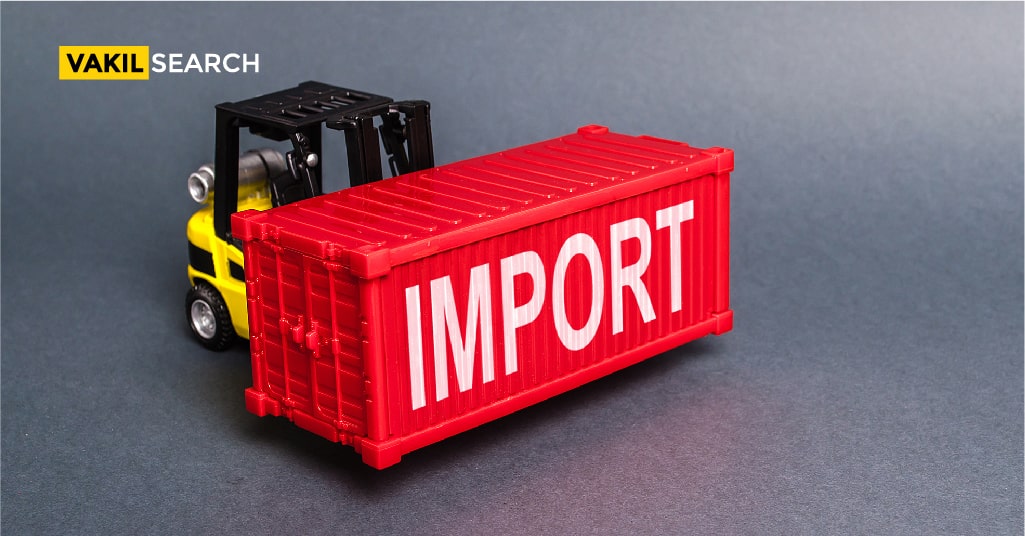Basmati rice, also known as the Queen of Rices, is a long grain rice that originated in the region of Basmati in North India. It is a popular choice for Indian cuisine and is used to make dishes like basmati rice pilaf, biryani, and pulao. This guide will cover steps for exporting basmati rice from India.
Basmati rice can be exported commercially if it meets certain standards. The rice must be harvested at the optimum moment, properly dried and aged, and packed in containers impervious to oxygen and moisture.
If you want to export basmati rice from India, here are some tips on how to do it successfully:
– Harvest basmati rice at the right time: The rice should be harvested when it is mature but not too dry. It should also be harvested before the seed hulls harden.
– Properly dry basmati rice: Basmati rice must be adequately dried to prevent it from becoming mouldy or damaged during shipping. You can either dry the rice in an oven or the sun. Make sure to remove all water from the grains before drying them.
Legally Exporting Basmati Rice From India
Basmati rice exports from India are a thriving industry, with plenty of opportunities available to businesses seeking to break into the market. With regulatory barriers in place that must be overcome, there are a few things businesses need to keep in mind when exporting basmati rice from India.
Basmati rice is a highly demanded and prized food export from India. The country is considered one of the top producers of this type of rice globally, and exports account for around 30% of the country’s Rice Export Development Board (REDB) revenue. Basmati rice exports have been rising in recent years owing to increasing demand from key markets such as Japan, Korea, Australia, and China.
Businesses need to keep a few things in mind when exporting basmati rice from India. The first is ensuring that their product meets all required quality standards set by governmental authorities. Basmati rice must meet certain specifications regarding size (purity), colour, and taste to be allowed into global markets. Additionally, Basmati producers must adhere to specific cultivation and processing practices to produce high-quality products.
The second thing businesses should note is that exporting basmati rice from India requires lots of advanced planning. Serving rice of the highest quality to all your clients means taking advantage of a global market with high spending power. Basmati producers need to keep thinking globally for their products to be distributed throughout international markets successfully.
How to Export Basmati Rice From India
Basmati rice is a long grain, aromatic rice popular in Indian cuisine. Basmati rice is typically served with curry dishes or as a side dish. Basmati rice can also be exported and sold commercially.
To export basmati rice commercially, first, it is important to inspect the rice for any damages or blemishes. Once the rice has been inspected, the next step is to prepare the rice for export. To do this, the rice must be washed and drained. Afterwards, the rice must be precooked in boiling water for a specific time. After precooking, the rice should be cooled and then packed into containers. Finally, the exported basmati rice should have a country of origin declaration.
Documents Required to Export Basmati Rice From India
- Export permit
- CNPP Certificate of Origin (Form HTSE) – This document must be obtained from the Central Nervous Procurement and Warehousing Board, Ministry of Commerce and Industry: https://commerce.gov.in/, India. The certificate of origin must show that the rice was grown in India and processed in India. The form HTSE can be obtained from an authorized government or trade representative office in India.
- IGAT Memorandum of Understanding (MOU) – A memorandum of understanding must be executed between the exporting and importing country before any shipment of grains can leave India. The MOU should state the terms and conditions under which the exported grains will be handled. The destination country should also have an MOU with the importing country.
- MGO (Ministry of Finance) MBR Registration – The grains for export must be registered with the MGO (Ministry of Finance). They must carry an Exporter’s IEC License/number as well. The exporting country and importer should first meet to agree upon terms such as physical dimensions, moisture level, etc., used in shipment by the company importing the grain.
- Compulsory Reporting Period to India – A mandatory periodic reporting period is levied on all companies importing rice into India. The form CLF-893 must be submitted every month to IRSES Section.
Conclusion
Basmati rice is long grain rice famous for its aromatic flavour and subtlety. It’s perfect for many Indian dishes such as tandoori chicken and butter chicken. If you’re interested in exporting Basmati rice from India commercially, it is recommended to contact Vakilsearch today.
First, you will need an exporter to help you arrange shipping and storage. Second, you’ll need to establish an affordable price point for both the buyer and seller. Finally, you’ll need to ensure that your Basmati rice’s quality is up to par.
Also Read:
- Import/Export Document Requirements In India
- IEC code Renewal process
- Check My IEC Application Status
- Renew an IEC Certificate Online










